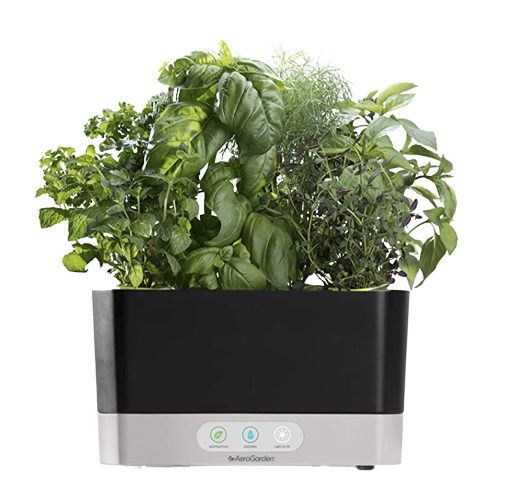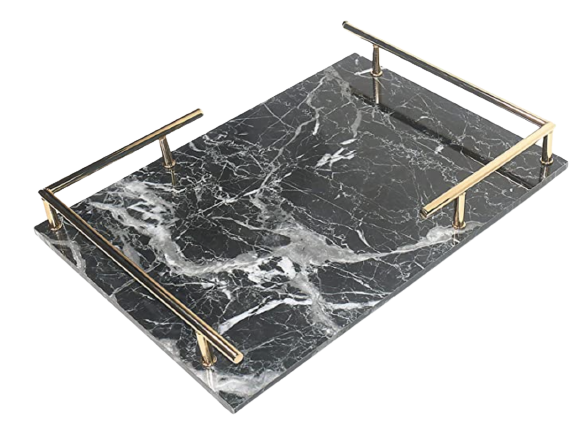Last Updated on April 12, 2024
Dread hearing the weather forecast call for heavy rain? Stormwater can cause headaches if your home’s infrastructure isn’t maintained. But you can take back control with proper knowledge.
Implementing a simple routine inspection and cleaning regimen keeps your system working properly. It’s easier than you think! This straightforward guide shows you exactly what to look for and how to perform upkeep like a pro.
With some time invested after each rainfall, you’ll breathe easier knowing your stormwater structures are prepped to handle whatever the weather brings. Let’s get started on maximizing your drainage capacity!

Know Your System
Knowing your stormwater system starts with a walk around your property. Note down components that carry rain and snowmelt into the ground, like gutters, downspouts, yard and retaining wall drains, paved channels, catch basins, French drains, pipes, and retention ponds.
Trace the path of drainage to understand the flow. Which areas display signs of poor drainage, like soggy patches, erosion, or pooled water? Make a basic map showing runoff direction across driveways, lawns, and gardens.
Identifying all structures and drainage pathways helps you later pinpoint problem areas needing maintenance. Keep this inventory handy when inspecting and cleaning specific parts of your system.
Hire Professionals When Needed
Some advanced system repairs like redoing drainage beds, replacing catch basins, or relaying need professional stormwater solutions. That said, seek assistance from specialized drainage contractors rather than trying complex renovations yourself. Though pricier, you’ll receive quality workmanship and updated infrastructure that lasts.
Inspect And Clean Gutters
Clogged gutters cannot divert water, causing it to overflow and leak into your home’s facade. Climb a ladder safely and inspect all gutters for debris buildup. Use gloves or a trowel to remove leaves, sticks, moss, and accumulated sediment.
Flush the gutters with water to clear any remaining particles. Reattach sections that disconnected. To limit clog formation, perform inspections and cleanings twice yearly, such as in spring and fall.
Unclog Landscape Drains
Your home’s perimeter likely contains landscape drains to collect runoff from downspouts and surface flow. Check brick, stone, or concrete retaining walls for openings covered by steel grates.
You may also find drains around your yard’s patios, driveways, and pooled areas. Use a hose to direct water into wall and yard drains to see if they freely accept flow. Then, insert a drain snake or auger into blocked drains to break up leaves, sediment, roots, and debris.
For stubborn organic clogs, carefully pour boiling water or use a chemical drain cleaner. Logging drain locations and annually snaking them prevents water backup and surface ponding during storms.
Maintain Catch Basins
Catch basins collect runoff from downspouts, piping, and landscape drainage. As water pools, sediment settles to the sump at the bottom. Remove the catch basin covers to scoop out this accumulation of leaves, trash, sand, and grit with a flat shovel. Prevent loose debris from entering your drainage system when maintaining catch basins.
Inspect Piping
Buried drainage pipes quietly move rainwater away from your home’s foundation. But out of sight doesn’t mean out of mind! Annually walk along subsurface pipe routes, looking for soggy soil, pooling water, early vegetation growth signaling moisture, sinkholes, or erosion indicating pipe damage.
Hire a plumber to jet wash dirty pipes clear of sediment or make repairs like patching holes, replacing pipe segments, or relaying entire sections. Consistently noting pipe issues minimizes system disruption. Catching problems early increases drainage capacity and prevents flooded basements, erosion, and landscape damage during storms.
Clean Out Retention Ponds
Retention ponds collect stormwater runoff and slowly release it into surrounding soils. If you have a pond, regularly note water quality and depth. Drain and dredge excess sediment every 5-10 years with an aquatic excavator. Mow pond banks frequently, and keep an eye out for leaks, animal burrows, tree growth, or slope erosion over time.
Trim Overhanging Trees
Inspect where tree limbs stretch over key drainage points like gutters, downspouts, landscape drains, and catch basins. Overgrown branches can dump leaves, seeds, flower petals, and twigs that clog pathways. They also bend gutters out of shape when weighted with snow.
Every spring, walk your property’s perimeter with pruners in hand. Cut back tree limbs and branches to open a two-foot clearance zone around drainage components. If branches tangle overhead utility wires, you may hire an arborist for professional trimming. Removing obstructions allows stormwater to flow freely to discharge points.
Regrade Soil
Does your yard display signs of poor grading, like chronic wet spots or areas where water ponds after rain? Regrade these problematic zones by raking back surface material, compacting the soil firmly, and replacing any sod or mulch. This improves overall drainage and redirects water away from your house.
Final Thoughts
Staying on top of inspection and upkeep prevents minor clogs from becoming massively expensive headaches down the road. Be proactive in maintaining your gutters, drains, pipes, catch basins, ponds, slopes, and related components. Your stormwater conveyances will function effectively for years to come, keeping your home and yard safe from weather-induced damage.









